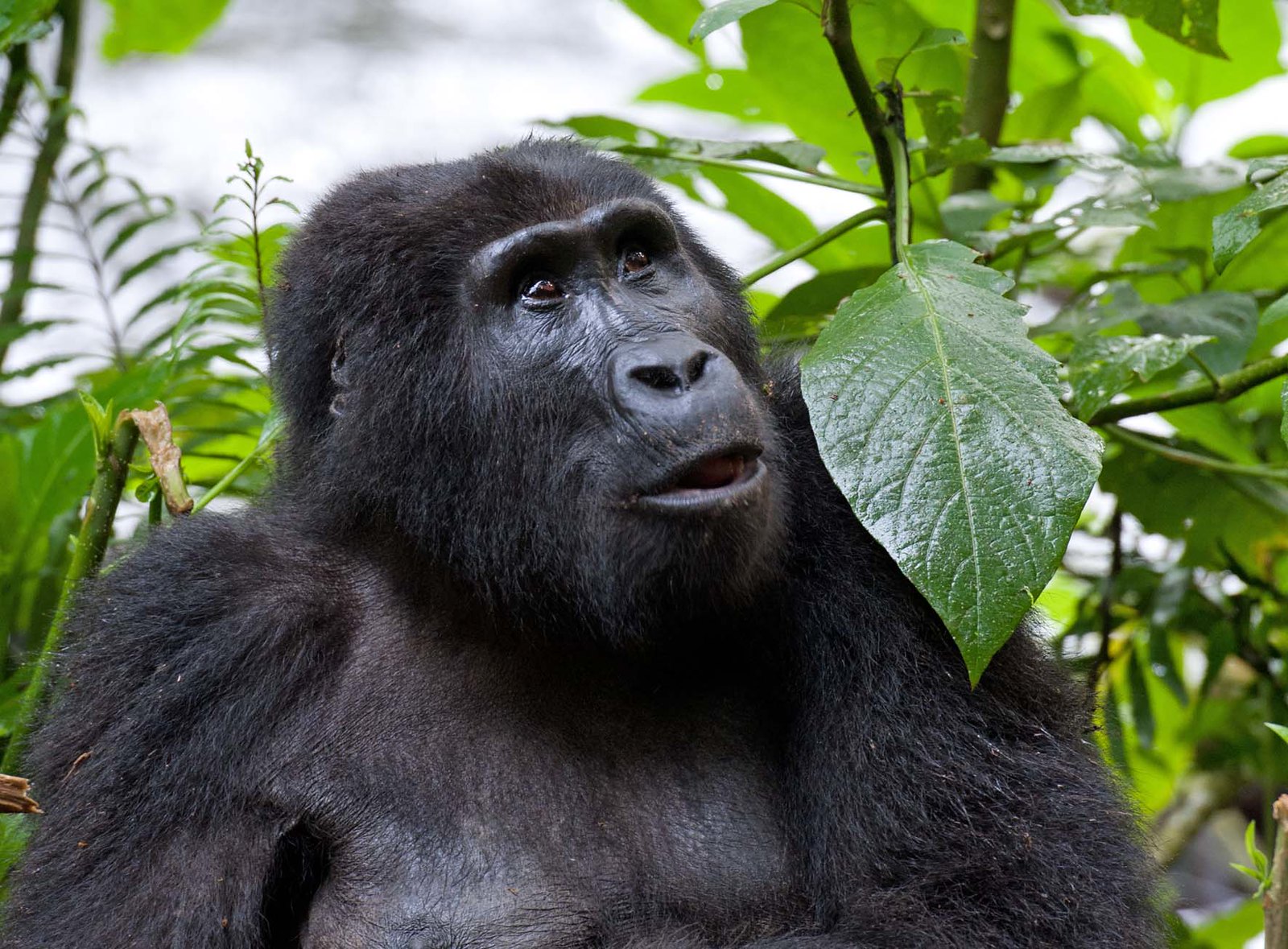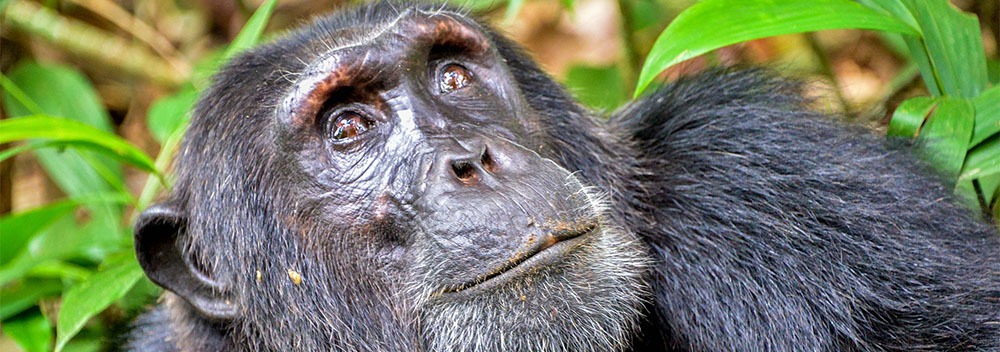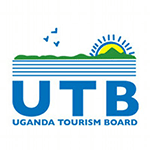Bwindi Impenetrable Forest National Park
Bwindi Impenetrable National Park is located in southwestern Uganda in East Africa. The park is part of the Bwindi Impenetrable Forest, and is situated along the Democratic Republic of Congo border next to the Virunga National Park and on the edge of the western Rift Valley. It comprises 331 square kilometers of jungle forests and contains both montane and lowland forest and is accessible only on foot.This is regarded to be one of the most biologically forest in Africa, largely due to its antiquity and an altitude range of between 1,160 and 2,607m above sea level. Bwindi is a true rain forest, spread over a series of steep ridges and valleys that form the eastern edge of the Albertine Rift Valley. The National park has an average rain fall of 1,500mm, and it is a vital catchments area, the source of five major rivers, which flow into Lake Albert.
Tourism to Bwindi focuses on Gorilla tracking at two locations, Buhoma and recently established location at Nkuringo. More than half of the World’s mountain Gorilla population is resident in Bwindi. An estimated 320 individuals living in 15 troops.

Species Diversity
Bwindi National Park harbors at least 120 mammal species more than any national park in Uganda. The list consists mainly of small mammals such as Rodents and Bats, to over 11 types of primates including the healthy chimpanzee population , Red-tailed and blue monkey, black and white colobus monkeys and Olive baboon.
A total of 350 bird species have been recorded in Bwindi. Of particular interest to birders are 23 species endemic to the Albertine Rift, and at least 14 species recorded nowhere else in Uganda, among them the African green broadbill, white-tailed blue flycatcher, brown necked parrot and frazers eagle owl. In addition to its extensive bird checklist, Bwindi is also a home to at least 200 butterfly species, including eight Albertine Rift Endemics.
Gorilla Tracking
Gorilla Tracking is the major tourist activity in Bwindi. There are four gorilla groups in Bwindi available daily for tourists. Mubare Group (10 gorillas, 1 silverback) was opened for tourism in 1993, Habinyanja group (18 gorillas, 1 Silverback) opened I July 1998, Rushegura group (10 gorillas, 1 Silverback) was opened in July 2004, while Nkuringo group (19 gorillas, 2 silverbacks) was opened for tourism in April 2004.

Nature Walks
Bwindi is widely thought to support the greatest diversity of any East African forest, and the Buhoma area has more to offer than Gorilla tracking. Five different trails, ranging from 30 minutes to eight hours lead from Buhoma offering the opportunity to enjoy the humility of the forest and several different monkey species. For birders, over 190 bird species have been recorded in the Buhoma area.
The Munyanga River trail; This lies outside the national park and so no guide is needed. It is an ideal short walk for visitors with little time. Here you can see birds and primates of the forest edge.
The waterfall trail; this provides an attractive feature of the forest with a profusion of tree ferns, epithytic ferns, orchids and Bwindi’s colorful array of butterflies. This trail which leads to 3 delight crystal waterfalls typifies your impression of a tropical rainforest.
Muzubijiro Loop Trail; This trail offers breath taking views of Bwindi Forest, Western Rift Valley and the Virungas. On the way you witness hundreds of pre historic tree ferns. The top of this trail is a great place for picnic lunch.
The Rushura Trail; this trail take about 3 hours and offers good views across the western rift valley floor. To the west, Congo’s Parc Nationale des Virungas provides spectacular backdrop and on clear days like Lake Edward and the Rwenzori Mountains.
Ivo River Trail; this the longest trail in the park and will occupy you for a full day. It is highly recommended for bird watchers.
Buhoma Village Tourist walk; A recent introduction is a three-hour stroll through Buhoma and its margins to see the customs and practices of the Bakiga and Batwa people. The tour take sin varied activities such as farming, brewing local beer, dispensing traditional medicines and concludes with dancing displays by members of the Batwa community.
Hit the Trail in your car; Visitors with their own 4 -wheel drive transport should consider crossing the rugged centre of the park through Ruhija. This transect affords the visitor with Uganda’s finest vistas of deep undisturbed forests. Watch out for duikers, primates and both forest and grassland bird species. In Ruhija, visitors can take the three-hour scenery packed hike to the Mubwindi swamp. You may also walk to the Bamboo zone (the only such area in the park).
The Bamboo Trail; The Bamboo trail offers 14 vegetation types and is one of the areas of highest diversity in the park. At the top of this trail, you witness panoramic views encompassing L. Bunyonyi and Mafuga forest.
Cultural Performance; In the evenings, participate in captivating traditional performances presented by Women’s groups. Proceeds from these go directly to improve the welfare of families around the park.
Accommodation in Bwindi Impenetrable Forest National Park
There are a number of choices to cater for the up market as well as the budget tourist accommodation;
Upmarket Accommodation
Gorilla Forest Camp: This is a modern tented camp with flash toilets and solar power. It is owned by Sanctuary lodges, this fabulous tented camp is easily the luxurious option at Bwindi. The secluded self contained walk-in-twin tents are protected beneath a thatch roof extending over a private deck, while meals and drinks are served in an originally decorated-sided common area. A good variety of monkeys regularly pass through the ground.
Volcanoes Bwindi Camp Bwindi Lodge overlooks the primeval Bwindi forest, home to gorillas, monkeys, chimpanzees and birds. Amidst the many noises of forest life, it is the perfect place to experience the magic of this impenetrable forest. The tented camp that was there previously has been replaced by a newly built stunning eco-lodge comprising eight Bandas.
Gorilla Resort is the newest luxury camp to appear out of the forest at Buhoma. The camp is composed of a main lodge building with lounge, restaurant, bar, and a suspended deck that features a campfire overlooking the rain forest.
Mantana Camp: This classic site tented camp adjoins a small patch of the forest rustling with birdlife. The self contained tents all have solar lighting, an eco-friendly toilet and a private veranda.
Budget and Camping
Buhoma Homestead; This is the best place for budget gorilla safaris Located within the boundary of the forest is this mid-range lodge operated by Wild Frontiers Uganda. Lake Kitandara Camp; Located just outside the park gate at Buhoma. The camp has recently been upgraded in 2006 with each tent supplied with piped hot water, has a flushing toilet, a hand washing and bath tap, bath room mirror, towel rack and solar power. The dining and reception has also been refurbished.
Bring your own tent.
How to get there
Kampala to Kabale is a distance of 4140 km on bitumen surface and takes 6-7 hours. An additional 120 km from Kabale to Buhoma Park Headquarters via Kanungu and Kanyantoroogo on murram surface take 3-4 hours and my require a 4WD vehicle. Kabale-Ruhija-Buhoma is 95 Km and takes about 3-4 hours. This road is not frequently used by the public. A 4WD vehicle is recommended.
The re is also a bus from Kampala to Butogota. Taxis for hire are available for about $15 form Butogota to Buhoma Park Headquarters.
SIZE: 331 sq km
LOCATION: Southwest. The closes large town is Kabale.
When to Visit
Any time, though conditions are more challenging during the rainy season.
You may also like:





